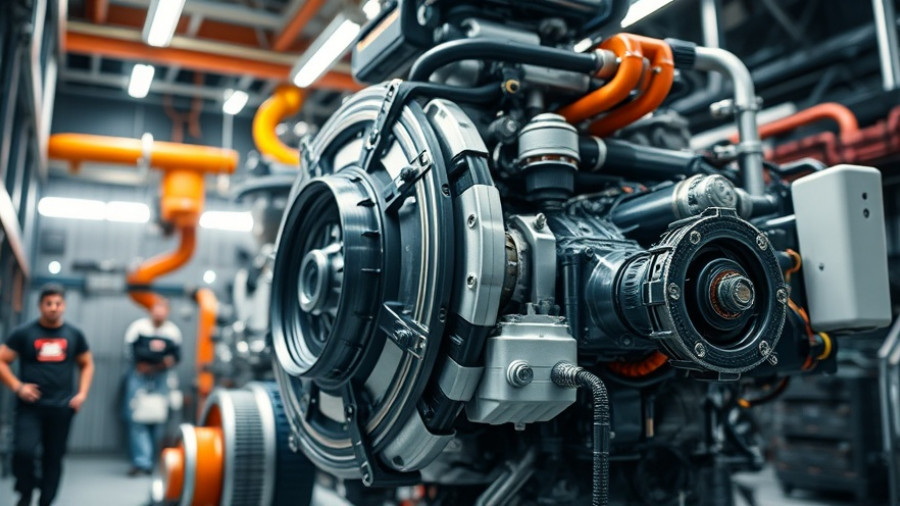
Braskem Expands Its Fleet with Strategic New Ethane Carrier
In a significant move for its logistics operations, Braskem has welcomed its second ethane carrier, the Brave Future, marking a pivotal point in enhancing its ability to transport petrochemicals across the Americas. The new vessel, financed by Ocean Yield and operated by Hartmann Reederei, underscores Braskem's commitment to improving efficiency and expanding its global footprint in the petrochemical sector.
The Need for Logistics Autonomy in Petrochemicals
Braskem's strategic expansion into maritime logistics comes at a time when the global chemical industry faces increasing demands for efficiency and sustainability. As one of the largest suppliers of chemical and petrochemical products worldwide, Braskem aims to gain greater logistical control over its operations. Hardi Schuck, the director of Braskem Trading & Shipping, emphasized this approach, stating, "The Brave Future is a strategic asset that expands our autonomy in the area of logistics, which provides greater predictability to operations, and strengthens our position as a global leader in the petrochemical industry." The need for autonomy stems from fluctuating global supply chain dynamics and the desire to mitigate transportation costs, which can impact pricing and operational predictability.
Technical Innovations in the Brave Future
The Brave Future is not just a testament to Braskem's commitment to logistics; it also incorporates significant technological advancements. The vessel, measuring 188 meters in length with a cargo capacity of 36,000 cubic meters, operates effectively in extreme conditions, capable of transporting ethane at temperatures as low as -104°C. One standout feature is its dual-fuel engine, which can run on both bunker oil and ethane, enhancing fuel efficiency and reducing emissions by approximately 40% compared to the average fleet. This innovative approach aligns with global efforts to reduce carbon footprints across industries, particularly in sectors as resource-intensive as petrochemicals.
Future Projections: Increasing Fleet Capabilities
Braskem's vision for the future is clear; with the addition of the Brave Future, the company now operates two dedicated ethane carriers, including the previously delivered Brilliant Future. The company has ambitious plans to expand its fleet further, with four additional ships expected to join operations by 2026. This expected growth not only enhances Braskem's logistical capabilities but also positions the company strategically in the expanding markets of ethane and other petrochemicals.
Lessons from Global Maritime Operations
The introduction of the Brave Future reflects a gradual shift within the industry towards dedicated vessel solutions. The success of similar projects globally indicates that companies investing in specialized infrastructure can better respond to market challenges. As the industry navigates complex supply chain issues exacerbated by recent global events, Braskem's proactive measures pave the way for others considering similar expansions.
The Heart of Braskem's Journey
Braskem's journey with the Brave Future is emblematic of larger trends within the petrochemical sector—a drive towards self-sufficiency, sustainability, and innovation. As the company continues to invest in its fleet and operational capabilities, it sets a strong example for other players within the industry aiming to enhance their logistical frameworks while prioritizing environmental considerations.
With a rapidly evolving global landscape, Braskem’s strategic moves may well serve as a guiding light for optimizing maritime logistics in the petrochemical sector. These advancements not only cater to current market needs but also align with future sustainability goals.
 Add Row
Add Row  Add
Add 




Write A Comment